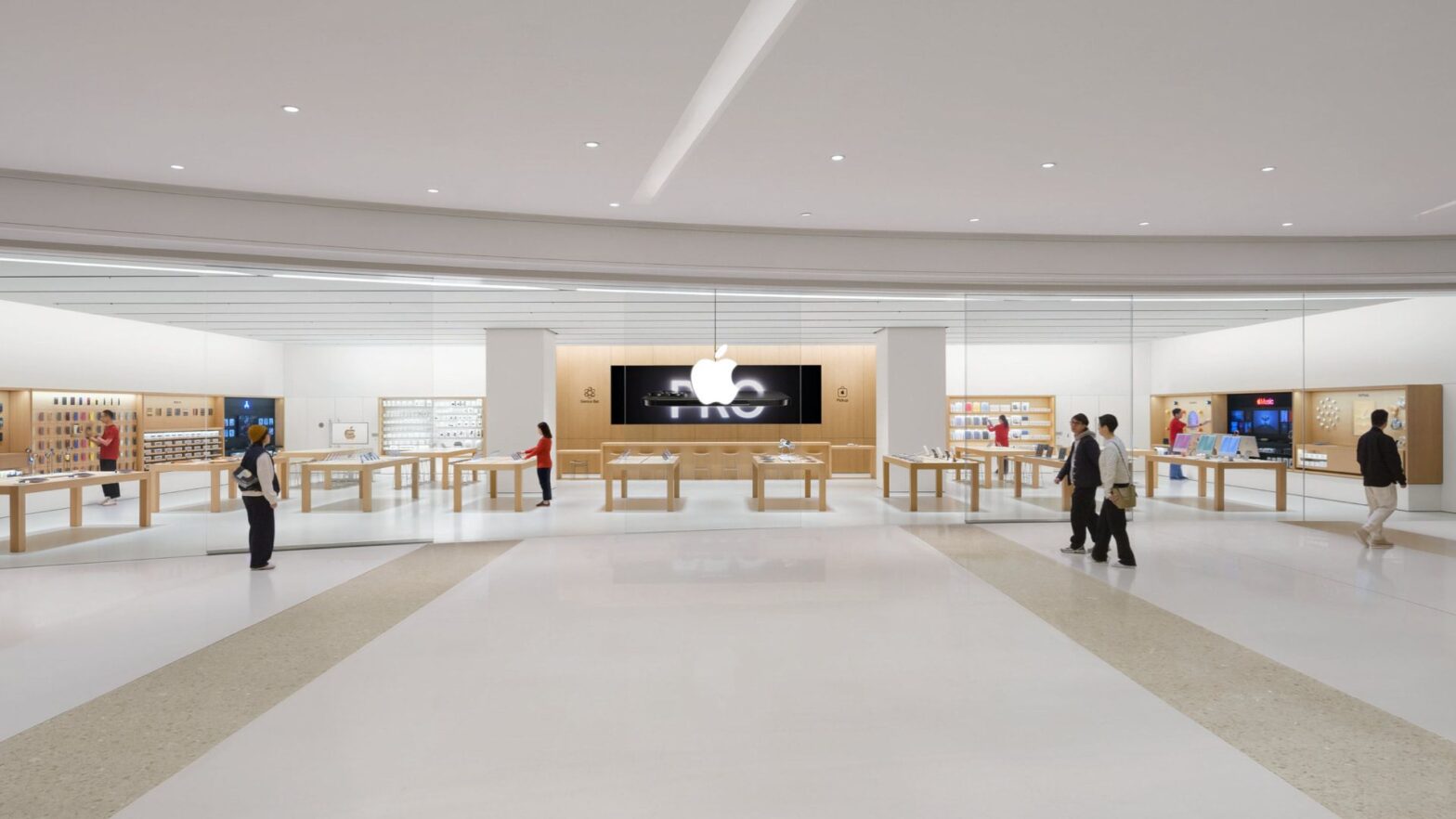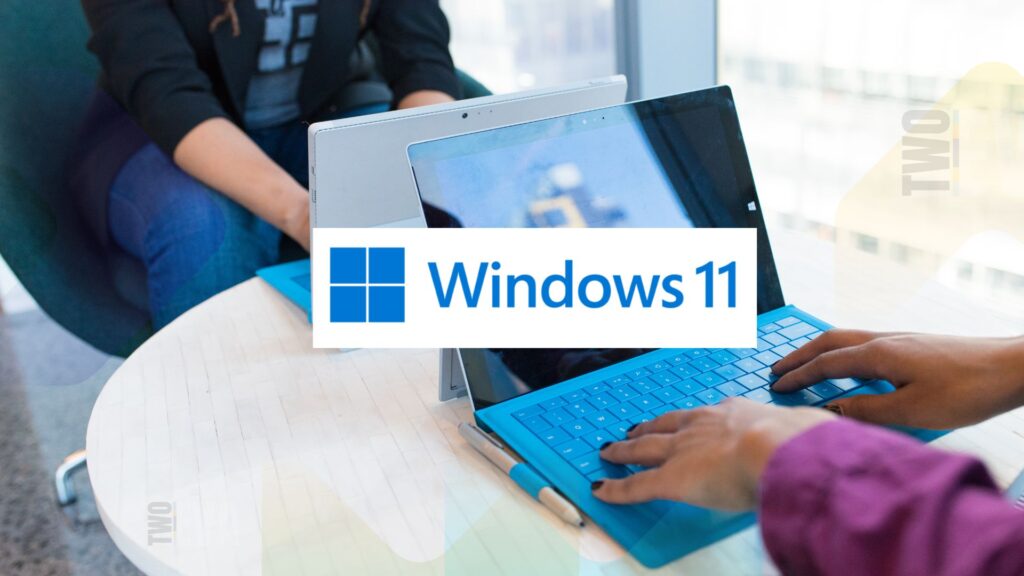Apple CEO Tim Cook has warned that the company expects to face approximately $900 million in additional costs in the third quarter of 2025 due to U.S. tariffs, though he noted the financial impact in the previous quarter was “limited.” The estimate, shared during Apple’s first-quarter earnings call on May 1, 2025, hinges on the assumption that current global tariff rates and policies remain unchanged for the rest of the quarter.
Why Are Tariffs Impacting Apple?
The financial strain stems from escalating trade tensions between the U.S. and China, which began under the Trump administration. While high-end tech products like iPhones, MacBooks, and semiconductors initially received a temporary exemption from tariffs, broader trade disputes have continued to disrupt supply chains.
Apple has been gradually reducing its reliance on Chinese manufacturing, shifting production to India and Vietnam. Cook confirmed that half of the iPhones sold in the U.S. now come from India, with plans for that figure to grow. “A majority of iPhones sold in the U.S. will have India as their country of origin,” he said. Other products, including MacBooks and AirPods, are increasingly being sourced from Vietnam.
Will Apple Raise Prices?
The $900 million hit raises questions about whether Apple will pass these costs to consumers. While the company has not confirmed price hikes, analysts suggest that sustained tariff pressures could force adjustments. Historically, Apple has absorbed some costs to protect its premium pricing, but prolonged financial strain may change that calculus.
Cook remained cautious about future projections, stating, “I don’t want to predict the future, because I’m not sure what will happen with the tariffs.” His uncertainty reflects broader volatility in trade policy, making long-term financial planning difficult.
How Is Apple Mitigating the Impact?
Apple’s supply chain diversification is a key strategy. Beyond India and Vietnam, the company has also expanded its retail presence in India, opening its first store there—a sign of the country’s growing role in Apple’s operations.
Investors appeared somewhat reassured by the $900 million estimate, with one describing it as a “pretty good outcome” during the earnings call. Apple’s first-quarter profits still exceeded expectations, suggesting the company can weather the immediate impact.
However, Cook emphasized that the Q3 estimate should not be extrapolated to future quarters, citing “unique factors” benefiting the June period.
What’s Next?
The situation remains fluid. If tariffs escalate or expand to more product categories, Apple may face additional financial pressure. For now, the company’s shift away from China provides some insulation, but the broader trade landscape will dictate whether further adjustments—including potential price increases—become necessary.
As Cook told CNBC, the focus remains on “navigating the challenges” rather than speculating on future policy changes. For consumers, that could mean watching closely for any shifts in pricing as Apple balances costs against its premium brand positioning.

















